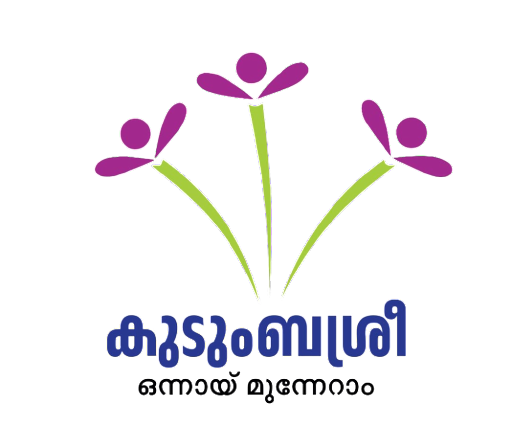
Kudumbashree have been working on a programme that aims at getting women to discuss the gender dimension of their issues. For this we had to break the mould of thrift and credit based discussions which alone were taking place in the NHG, apart from the odd health or other dissemination.
Locally contextualised modules on issues such as women and work, women and health, women and mobility, women and entertainment are developed and deliberated in Neighbourhood Group meetings. The different voices of women and their perceptions about the topics of discussion will be captured on a web-based portal accessible at the level of the Local Self Government.The portal is being developed with the support of the Minister of Information Technology, Government of India.
Awareness building programmes seem not to leave any sustained impact. It was felt therefore that a learning process in which the women felt themselves to have a stake, and would be delivered not through trainings, but through discussions focusing on some aspect of their lives and livelihoods they could relate to, either through a story line, or through some other format- press cuttings, poems, skit etc. had to be the mode of delivery. State level consultations help identify the themes of the ‘learning modules’, The content for the learning modules are prepared by local women resource persons, who source the stories out of their own experiences for further contextualisation and development.
Once the modules are developed, they are consolidated and disseminated by resource persons in the neighbourhood groups. Women are encouraged to ask questions about themes ranging from work and environment to health, power and power structure. This programme is expected to directly touch the lives of over 35 lakh women of the state. Not only will these discussions and debates be documented, but also shared with a larger community through a special SreeSakthi web based portal being developed by CDAC with financial support from the Ministry of Information Technology, Government of India.
Kudumbashree is working on work and wages as our first theme. The module for entry will be based on NREGS (National Rural Employment Guarantee Scheme). Today NREGS touches the lives of most women in the network – over 80% of the people who are entering the programme are women, and most of these, are from Kudumbashree. Kudumbashree is actively involved in the myriad aspects of implementation of the programme, from job card registration through labour budgeting and work site facilitation to social audit. Moreover, it is the single rights based programme spearheaded by the state, which recognises women’s work participation concerns as a matter of rights and equity. NREGS therefore poses for us the best opportunity to engage women in rights based discourse with the consensus of the state and of most involved stakeholders. The exercise is expected to generate over 200000 resource persons, who would have been sensitised to the issues of women in the development context and understand the gender implications of development and welfare scenarios. These people would be available to carry this strategic citizenship programme forward, and to manage the change that is inevitable if rights are to translate as achievements and justice. A total of Rs 1.63 Crores is estimated for the implementation of the project.
Gender Self Learning Programme could be regarded as the first social educational process that would have direct implications on rights and entitlements of women in grass roots. Unlike conventional women empowerment programmes that adhere to awareness classes, gender self learning programme aims at facilitating neighborhood groups on discussions that reflect on discrimination, violence and inequality. Each woman represented in the network is regarded as a participant, information provider and knowledge creator.
As part of women empowerment activities a pilot project for GSL is running in four Block Panchayats and one Municipality of Kerala, viz Nedumangad, Kanjikuzhi, Kodakara and Kanhangad blocks and in Aluva Municipality. In 2009-10 the project is being scaled up across the entire state.
Modules for Self Learning
Modules and hand outs were prepared by the Gender team to help the Kudumbashree members learn by self. The different topics included in the modules were discussed in the NHG meetings. This helps them think and learn their living situations, possibilities to grow, solve problems and opportunities.
Rationale of a topic based module
The modules are developed on the basis of topics that have implications on discrimination and violence. Society is not complete without addressing the problems of women. The topics identified for the learning process include- women and employment, women and health, women and environment, women and power structure, women and sexuality, women and education, women and media, women technology and so on. If we take any of these above stated topic, it is evident that it would have implications on discrimination and inequality.
A module has 3 parts:
| 1. | Content based on the broad theme. |
| 2. | Quantitative questionnaire based on the content. |
| 3. | Points that helps to conduct discussions in the NHGs. |
The module content is disseminated through NHGs and information is collected from NHGs, consolidated at points like ADS and CDS for the preparation of status reports. This method enables women to get a better understanding of the ground realities. The realistic figures that arrive through the process is an aid for learning the self. For example: If a question like this is posed to NHG regarding to the long journeys they make for employment – “How many NHG members have decided not to take up employment because of long journeys?” The quantitative information we get out of it would be of use in such a way that it facilitates both visible and invisible implications.
















